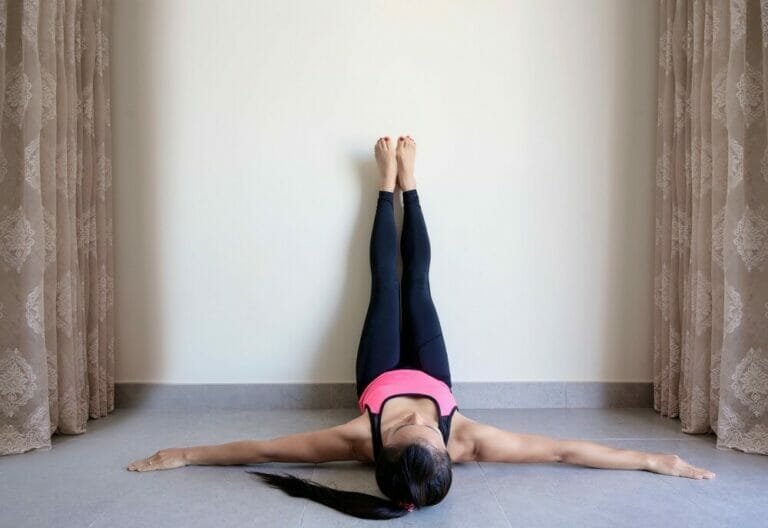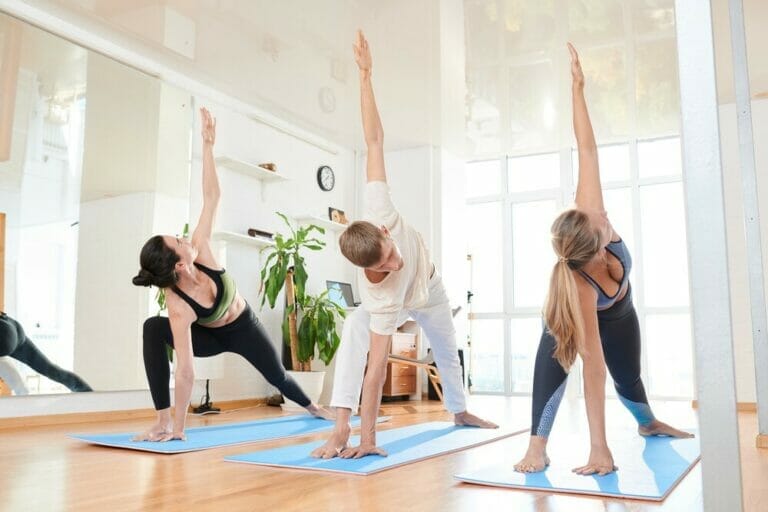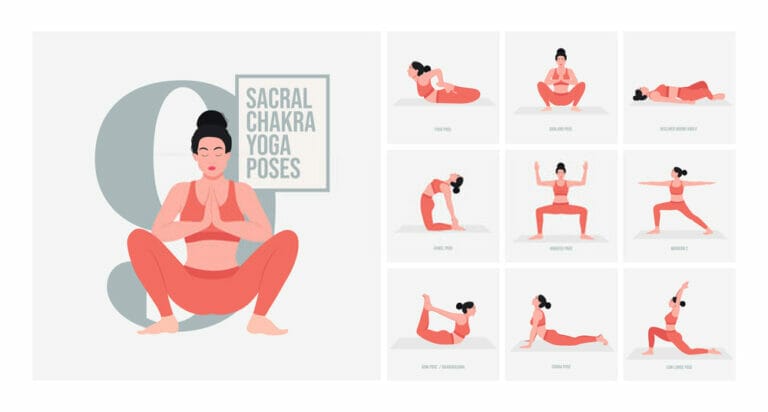Know The Right Way To Sequence The Hatha Yoga Poses
The sequencing of poses in the yoga class results from many years of study, experimentation, and refinement.
The goal is to create an experience for students that takes them beyond what they thought was possible but never leaves them feeling like they’ve reached their limit.
In this article, I'll share my sequence for a hatha yoga class. I recommend you use mine as a guide for your sequences. Keep in mind that the sequence is not the only thing—the flow of the class is crucial, too.
Too much focus on one pose could distract from the others and ultimately hinder students’ progress, while a lack of variety will also be a problem.
A hatha yoga sequence lasts for an hour, but for beginners, it is generally recommended that the class be shorter (25-30 minutes) to give the students time to learn their poses.
How to Create a Hatha Yoga Sequence

Step 1: Decide on the duration.
Beginners need some time to get used to the poses, so make sure the class is no more than 30 minutes.
Don’t get too concerned about timing. You may find that some students are ready for more or less after their first class.
It's more important to provide a safe and enjoyable yoga experience than keep strictly to a time limit. I've also found that students lose track of time, which is fine.
Step 2: Start with the standing poses.
The class should begin with standing poses to get the heart rate up and give students a chance to get comfortable. Then, I recommend starting with a few sun salutations.
I find that most students have never done them before, so you can discuss what they're about, why we do them, and how they work the body.
A sun salutation is an excellent method to warm up, stretch, and train significant muscle groups, which is why many yoga teachers choose to start their classes with it.
Because one action flows into the next, sun salutations are especially beneficial in vinyasa flow and power yoga courses.
You can start with the tree pose, mountain pose, cat-cow, and forward bends. If some students are very stiff or have balance problems, you can modify the poses by doing chair poses or standing on your knees.
Step 3: Move onto the seated positions
The next step of the sequence is to move on to the poses for seated positions. You can sit in a chair and do a few of these poses or start with a prayer pose (shashankasana) and work your way up to full pose.
I recommend not going more than 10 minutes at one time, which gives students time to get into whatever position they're doing and get comfortable enough to get into another pose.
You can modify some poses by lying on your back or a block, but don’t go too far. Students need to learn how to get into and back out of the pose.
You can add seated poses like warrior pose, siddhasana (half-lotus pose), plank, and handstand. Take small steps along the way with these poses to help students relax into them.
Step 4: Move onto the lying down poses
It is an excellent time to move to the floor and get into your backbends, such as the camel pose. Have students go into other poses such as rabbit, bow, and child’s pose while you’re working with back bending.
Don't spend too much time on these poses—mostly just have students explore them.
You may add lying-down poses like salamba sirsasana (headstand), Adho Mukha savasana (handstand with legs up the wall), and white chakra (diaphragm pose).
Step 5: Finally, move to the savasana (corpse pose)!
After about 10 minutes, move to the Savasana pose and have students rest. (It may be a good time to check wrist, spine, and ankle mobility.)
A little relaxation at the end doesn't hurt, and it helps students remember everything they learned. Leave them with something inspirational to ponder.
Step 6: Debrief students after class
After the class, teach a few basic poses that everyone will need for a successful practice, such as a triangle pose and a basic standing forward bend.
Remember that the sequence I've provided shouldn't be used as a guide for your sequences. It is just one way of organizing a sequence for yoga beginners.
You can certainly work with your students and their needs.

For example, if you notice that students find it challenging to do a pose, spend more time on it. It might be a good idea to spend more time on standing poses than seated ones so that they can better learn the basic movements such as twisting and bending.
One note: don’t skip essential poses such as Savasana (Corpse Pose), which is commonly done at the end of most yoga classes.
I strongly recommend that you explain to your students how to get into this pose correctly, so they can learn about grounding, relaxation, and breathing correctly.
Yoga is a long journey, so students should feel free to come back as often as they want.
Tips for sequencing yoga classes
Here are a few ideas to help you create a fantastic class for beginners
- Start with seated poses so that students can get comfortable. Many of these poses are difficult for beginners, especially in a flow-based class, but you can modify some of them, such as the headstand and child’s pose mentioned earlier in the article.
It is an excellent time to teach your students how to get into these poses correctly.
- Have students do a few sun salutations to get the heart rate up and get warmed up. It will also allow you to talk about the poses and show your students how they work.
- It’s a good idea to have a quick relaxation session after the class is over. For example, you can teach your students how to do Savasana (Corpse Pose).
- Practice your sequence in front of your class and explain how it works. It will allow you to collect feedback and ensure that everyone understands what you’re teaching.
- You can add a little bit of extra instruction for each pose if you think students need it.
Conclusion
Teaching beginners yoga in a classroom is a valuable and rewarding experience. I’ve learned a lot about this practice; my students also learnt about themselves and helped others in the process.
I hope you will find this article educational and informative in effectively creating your yoga classes for beginners. If you got value out of this article, then please subscribe to my mailing list!
I will be writing more about yoga, especially beginner yoga practice. I’m kind of obsessed with it.
I want to hear from you! What is your experience with teaching yoga? How do you deal with the challenge of teaching yoga students? Let me know in the comments below.







